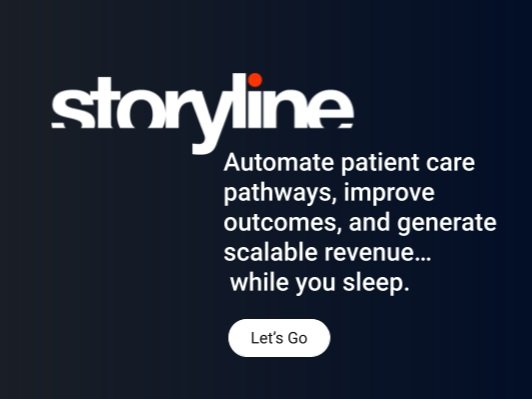Making the Case for Low-Dose Hyaluronidase Treatment for Nodules
/Hyaluronidase has been used to reverse adverse effects in dermal fillers (e.g. necrosis, nodules, granuloma). In some way, the dosage of the enzyme could also affect the treatment of adverse effects. High-dose hyaluronidase has been the practice by many clinicians in reversing dermal filler adverse effects. Alam et al. (2018) argues that a low-dose would be as effective and could make corrections when necessary. So what then should be protocol?
Alam et al. argued that one of the advantages of applying low-dose hyaluronidase was the possibility of correcting the volume of the dermal filler. In their study, the fillers used were Juvederm XC and Restylane-L, and applied the low-dose method on nodules.
However, since the dose of hyaluronidase is low, treatment is done in weekly intervals, and there was a 4-month follow-up. The researchers reported no adverse effects. Clinicians may need to use more hyaluronidase when dealing with Juvederm XC due to concentration and cross-linking.
Findings:
Nodules were less noticeable over time
9.0 units of hyaluronidase worked best for Restylane-L, while 1.5 units worked for Juvederm XC -- as per physician perception
As for participant perception, the effects of 9 Units seemed much better for both dermal fillers
In another research, Menon et al. (2010) used a low dosage of hyaluronidase to treat over corrections. This study is one of the first to examine low-dose of hyaluronidase. Other than this and Alam et al.’s work, there are no more research on the efficacy of the low-dose method.
Literature on reversing hyaluronic acid focus more on the usage of high-dose hyaluronidase. Researchers recommend high-dose hyaluronidase to treat necrosis (Cohen et al., 2015) or ischemia (Hwang, 2016).
Immediate treatment is also needed for ischemia and scarring (Hwang, 2016). In the case of necrosis, immediate high-dose hyaluronidase is imperative (Cavallini et al., 2016).
Such is the case, hyaluronidase could lead to an allergic reaction (Kim et al., 2015) as well. Thus, it is best to conduct allergy testing may be necessary.
While the topic is not prevalent in literature, low-dose hyaluronidase could exhibit efficacy in the long run. Alam and his team could prompt new investigations in applying lower doses of hyaluronidase to prevent allergies and to treat other adverse effects with hyaluronidase with lower doses. The study could open new avenues to examine low-dose hyaluronidase with other dermal fillers and for other adverse effects.
References:
Artzi, O., Loizides, C., Verner, I., & Landau, M. (2016). Resistant and Recurrent Late Reaction to Hyaluronic Acid–Based Gel. Dermatologic Surgery, 42(1), 31-37. doi:10.1097/DSS.0000000000000562
Cavallini, M., Trocchi, G., & Gazzola, R. (2016). The use of Hyaluronidases in Aesthetic Medicine: Indications, technique and complications. Aesthetic Medicine, 2(4), 31-35. Retrieved from http://www.lamedicinaestetica.it/images/files/files-portale/AE_4_2016.pdf#page=31
Chesnut, C. (2017). Restoration of Visual Loss With Retrobulbar Hyaluronidase Injection After Hyaluronic Acid Filler. Dermatologic Surgery, 44(3). doi:10.1097/dss.0000000000001237
Cohen, J. L., Biesman, B. S., Dayan, S. H., Delorenzi, C., Lambros, V. S., Nestor, M. S., . . . Sykes, J. (2015). Treatment of Hyaluronic Acid Filler–Induced Impending Necrosis With Hyaluronidase: Consensus Recommendations. Aesthetic Surgery Journal, 35(7), 844-849. doi:10.1093/asj/sjv018
Hwang, C. (2016). Periorbital injectables: Understanding and avoiding complications. Journal of Cutaneous and Aesthetic Surgery, 9(2), 73. doi:10.4103/0974-2077.184049
Khan, T. T., Colon-Acevedo, B., Mettu, P., Delorenzi, C., & Woodward, J. A. (2016). An Anatomical Analysis of the Supratrochlear Artery: Considerations in Facial Filler Injections and Preventing Vision Loss. Aesthetic Surgery Journal, 37(2), 203-208. doi:10.1093/asj/sjw132
Landau, M. (2015). Hyaluronidase Caveats in Treating Filler Complications. Dermatologic Surgery, 41. doi:10.1097/dss.0000000000000555
Loh, K. T., Phoon, Y. S., Phua, V., & Kapoor, K. M. (2018). Successfully Managing Impending Skin Necrosis following Hyaluronic Acid Filler Injection, using High-Dose Pulsed Hyaluronidase. Plastic and Reconstructive Surgery - Global Open, 6(2), E1639. doi:10.1097/gox.0000000000001639























